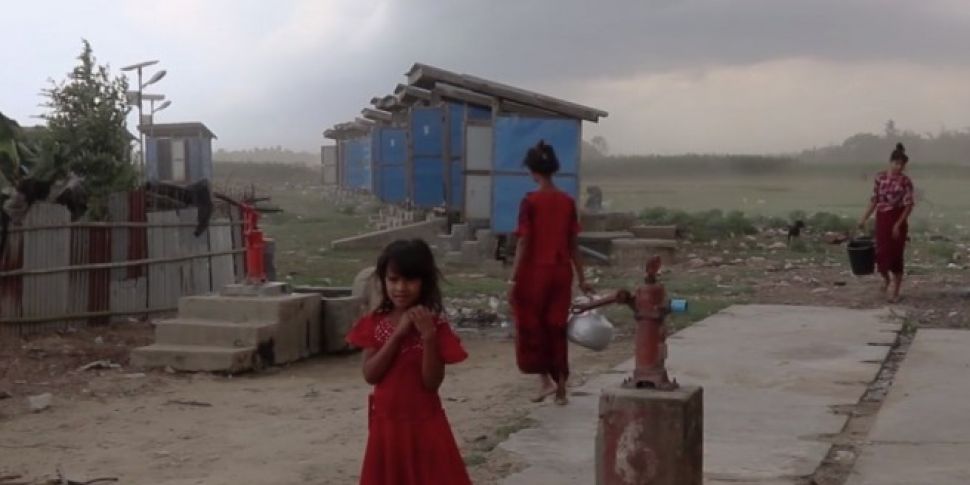More than 31 million people were displaced within their home country as a result of conflict, violence and disasters in 2016.
The harrowing figure, released today by the Internal Displacement Monitoring Centre (IDMC) and the Norwegian Refugee Council (NRC), equates to nearly one new person uprooted from their home every second.
Of the nearly seven million people who were displaced as a result of conflicts last year, 2.6 million were in Sub-Saharan Africa.
The Democratic Republic of Congo was the worst affected, with 922,000 people forced to flee their homes.
Other badly affected countries include:
- Syria – 824,000 people displaced
- Iraq – 659,000 people displaced
- Nigeria – 501,000 people displaced
- Yemen – 478,000 people displaced
"In 2016, one person every second was forced to flee their home inside their own country,” said Jan Egeland, Secretary General of the NRC.
“Internally displaced people now outnumber refugees by two to one. It is urgent to put internal displacement back on the global agenda."
The report found that natural disasters – including floods, storms, wildfires and severe winter conditions – had displaced three times more people than conflicts.
Most of the 24 million people who were displaced as a result of natural disasters had faced the fallout from “sudden-onset weather hazards” according to the report.
As internally displaced people are still within their own borders and under the jurisdiction of their own government, they are not in a position to claim any additional rights.
Refugees on the other hand, have crossed international borders and as a result are entitled to legal refugee status, which provides certain rights and protections.

IDMC director Alexandra Bilak warned that the internally displaced are often overlooked until humanitarian crises spill across international borders.
She added that the crisis will only deepen unless funding is directed towards the “underlying drivers of poverty, state fragility and global environmental change.”
“Despite internal displacement being the starting point of many onward journeys, it has been overshadowed by the current global focus on refugees and migrants,” she said.
“We need to acknowledge that, without the right kind of support and protection, a person internally displaced today may become a refugee, an asylum seeker or an international migrant tomorrow.”
Deepening crisis
The report warns that these displacements are expected to increase into the future – as the ongoing effects of climate change bring more extreme weather conditions.
Ms Bilak said the global failure to address the underlying causes of conflict and crisis has resulted in “cyclical patterns of displacement.”
“To the extent that the Global Report on Internal Displacement holds up a mirror, the reflection it projects is one of international indifference, lack of accountability and states’ failure to protect their own people,” she said.

New displacements by conflict and violence in 2016 - as categorised by World Bank-defined region. Image: IDMC, with World Bank data.
Six of the ten countries that produced the highest numbers of refugees in 2015 were also among the ten countries with the highest number of internally displaced people.









